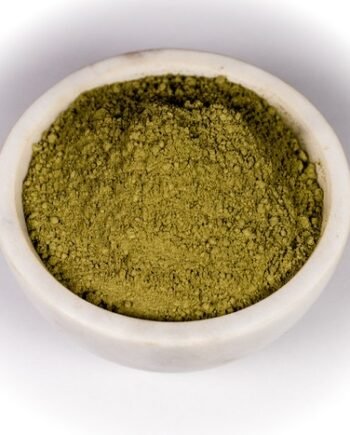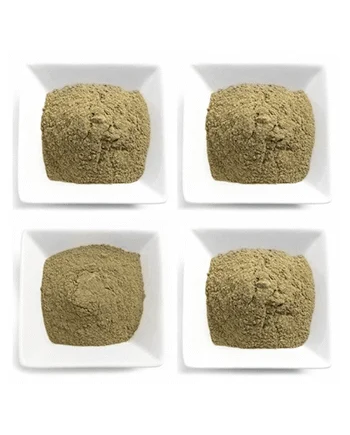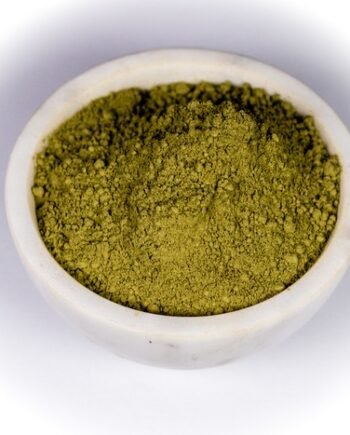The Mitragynaspeciosa tree, from which kratom is derived grows in Southeast Asia. Its leaves are harvested, dried, and crushed (or powdered) to create kratom. The kratom tree and the coffee tree are both members of the same botanical family. It has opiate-like qualities and has been used medicinally and recreationally for thousands of years. It can be stimulating at lower doses and sedative at greater ones.
Kratom is thought to be far less addictive than pharmaceutical, manufactured opiates while sharing some of the same alkaloids as them. Kraken Kratom is used occasionally to alleviate the discomfort of opiate withdrawal. Please exercise caution and respect if you intend to use it for pain relief.

I’ve had two back surgeries and lived with intermittent, severe pain for years before realizing I needed a non-addictive way to manage the infrequent, extreme pain flare-ups; kratom meets this need. Kratom is a natural remedy that has helped me tremendously.
It delivers a really fantastic opiate-like buzz that feels simply GREAT!, but I can’t tell if it genuinely dulls the back pain or just helps me not care about it. I guess it doesn’t matter; on the rare occasions that I do use Gold Bali Kratom, it always makes me feel better. It’s a wonderful life!
Some people, however, take pleasure in the time-honored process of boiling, dipping, stirring, and filtering several times before finally enjoying their kratom tea. Some people really enjoy the alkaline-bitter, green-grass flavor of kratom tea, but that’s not my cup of tea. Despite my appreciation for kratom’s analgesic and mood-boosting properties https://cravingkratom.com/, I can’t stand the bitter alkali taste that is a necessary component of the plant’s unique chemical makeup.
Kratom Powders
Craving Kratom provides the highest quality Kratom and handpicks the most potent strains for our customers. We are partnered with only 5 star trusted suppliers from Indonesia that offer the purest and premium Kratom in the world. All of our Kratom is lab tested to make sure it is clean of contaminants, metals and has the highest alkaloid content. Craving Kratom offers pure Kratom strains as well as very popular blends for the seasoned Kratom clients. We guarantee we have the highest quality Kratom in the industry.







